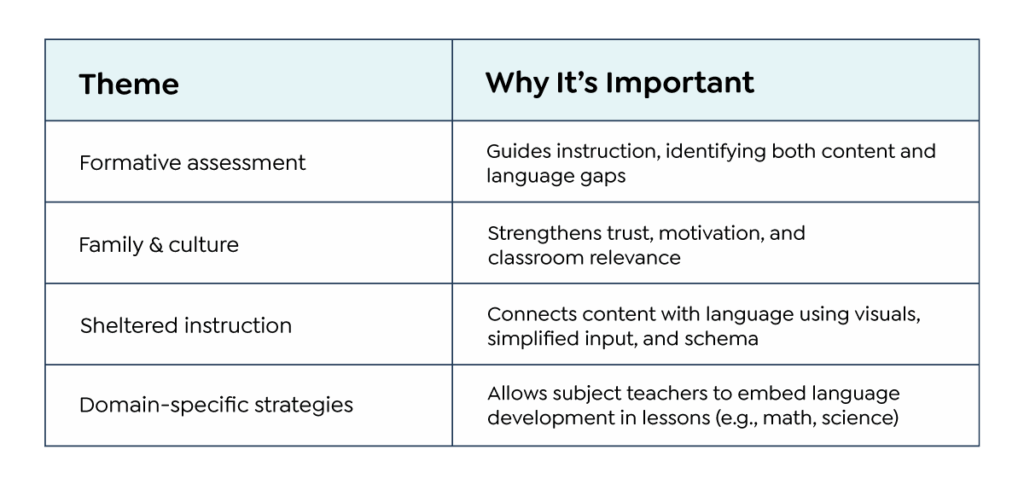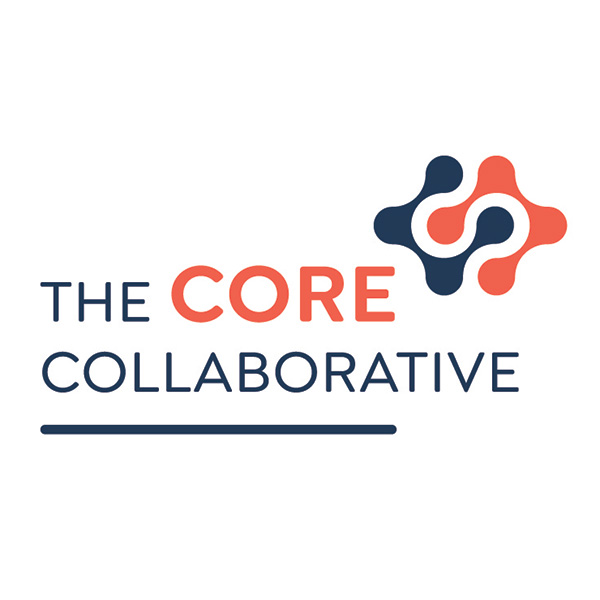Rachel Carrillo Fairchild, a former English learner turned classroom teacher and specialist, has crafted a comprehensive handbook, How to Reach and Teach English Language Learners, that equips educators with evidence-based strategies and ready-to-use tools. The book is rooted in real-world practice, making it a valuable “one‑stop shop” for mainstream and ESL teachers alike.
1. Understanding the Context: Urgency & Phonics of Language Education
The first part outlines key context:
- Why urgency now? With growing ELL populations and accountability measures like the No Child Left Behind Act, educators must adapt fast.
- ELL program models explained. From bilingual and dual-immersion to sheltered and ESL-only programs, Syrja outlines their strengths and pitfalls.
2. Assessment & Grading Tailored for ELLs
A standout strength of the book is how it dissects evaluation:
- Formative vs. summative assessments: Emphasizes differentiation in the mainstream classroom and careful use of formative data.
- Grading challenges: Rachel advocates for fairer systems that don’t unfairly penalize language development, emphasizing transparent rubrics.
3. Reaching Students: Culture, Family, Affective Environment
The middle section explores building rapport with learners:
- Lowering affective filters: Creating classrooms that feel safe emotionally so ELL students take healthy risks.
- Family engagement: Strategies for outreach, hosting family nights, and valuing families’ funds of knowledge.
- Cultural connections: Encourages teachers to weave students’ cultural backgrounds into lessons for deeper engagement.
4. Instructional Core: Language Development Strategies
Syrja then drills down into practical classroom methods:
- Four language domains: Listening, speaking, reading, writing (plus thinking!). Techniques and classroom examples in everyday lessons.
- Making content comprehensible: Introduces sheltered instruction, including visuals, graphic organizers, and schema-building.
- Classroom methods: Detailed guidance on Total Physical Response, ESL-specific content, and sheltered instruction framework.
5. High‑Impact Strategies: Across Core Subjects
The final part offers strategies tailored to subjects:
Cross‑curricular scaffolds: Research-backed activities like modeling, reframing, contextualizing, and metacognitive thinking—designed to support academic discourse and content comprehension.
Why It Matters: Educator & School‑Leader Perspectives
Praised as “practical, research‑based,“ the book resonates with both classroom teachers and school leaders.
—Bonnie Bell, Claremont USD assistant superintendent, calls it a “compelling message” to inspire systemic change.
—Lisa Almeida—Leadership & Learning Center director—describes it as “essential and comprehensive… for practitioners.”
✅ Quick Takeaways

📌 Final Thoughts
For teachers: Offers immediately usable classroom tools—from proficiency rubrics to student-friendly organizers.
For coaches and PD leaders: Serves as a framework to train colleagues in structured, research-supported methods.
For school administrators: Supports schoolwide systems, from program evaluation to cultural responsiveness.
⭐ In Closing
How to Reach and Teach English Language Learners is both broad and deep. It shines by blending theory with tangible tools: assessments, family engagement, classroom language strategies, and subject‑specific scaffolds. If you’re committed to serving linguistically diverse students, this book is a top-tier resource ready to support practical change.




